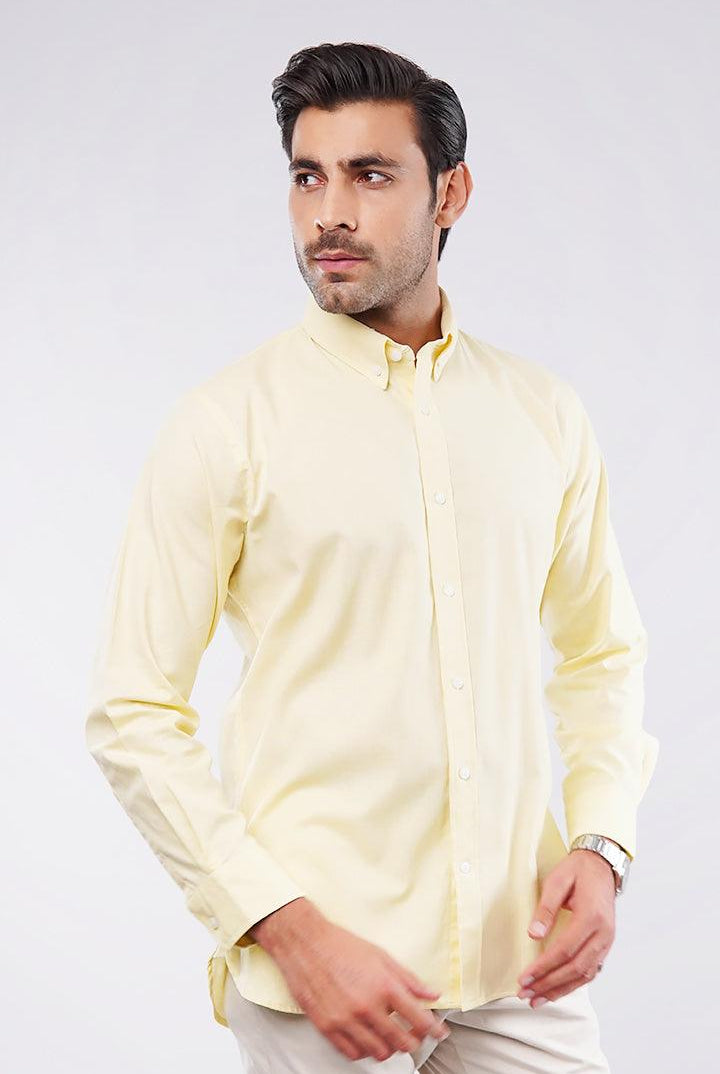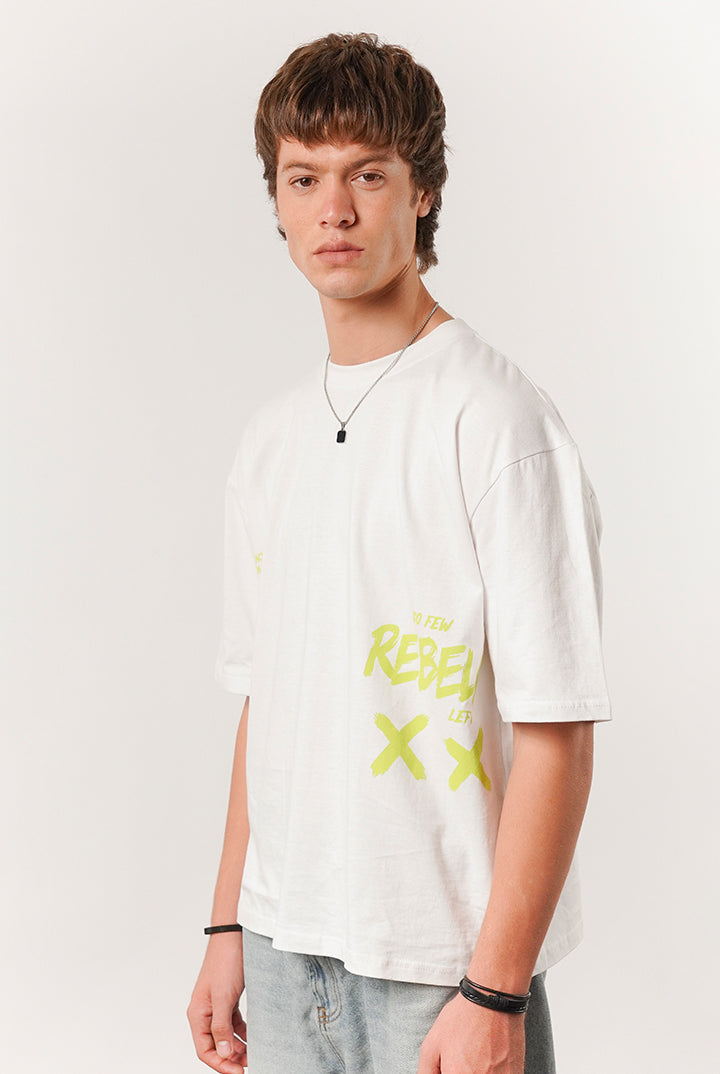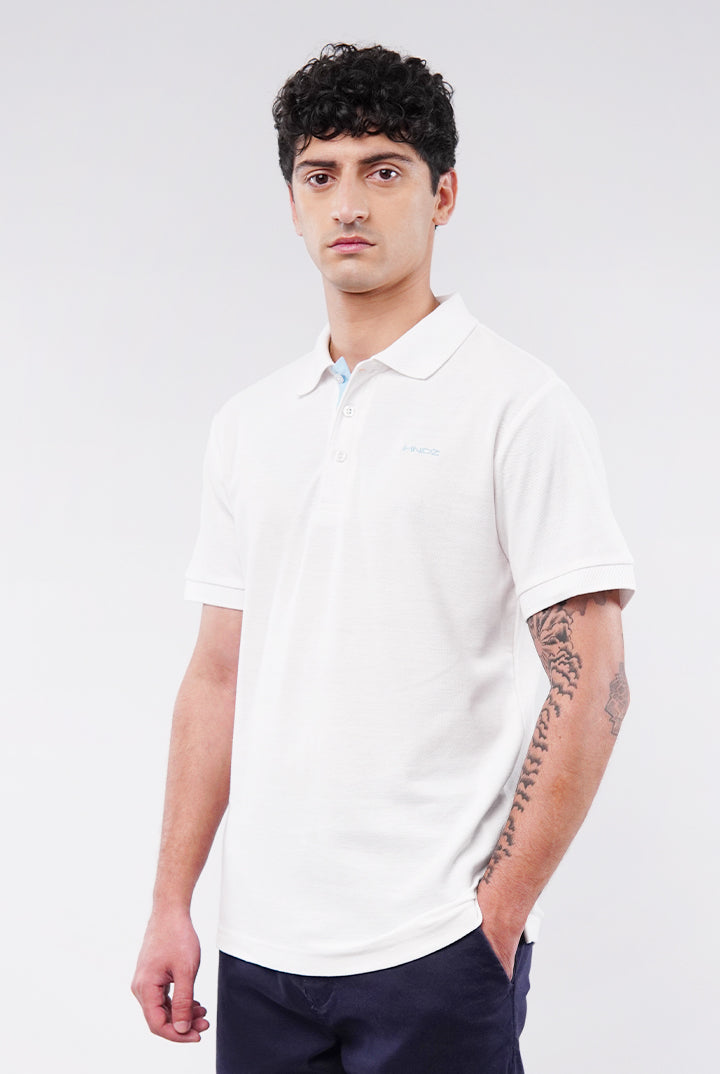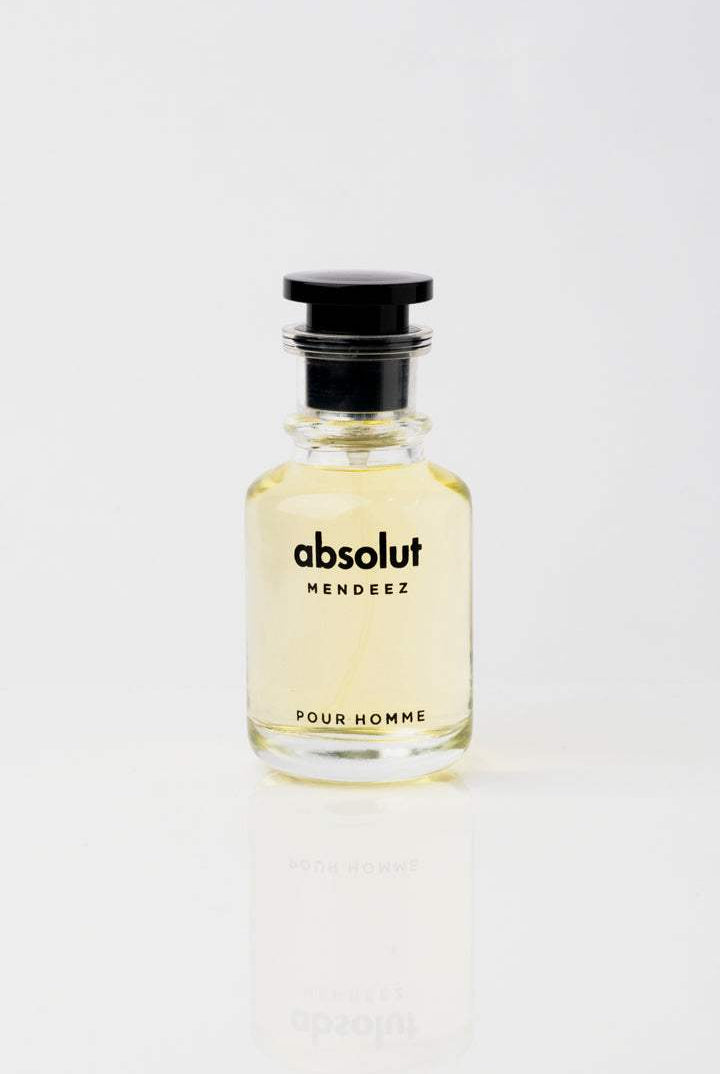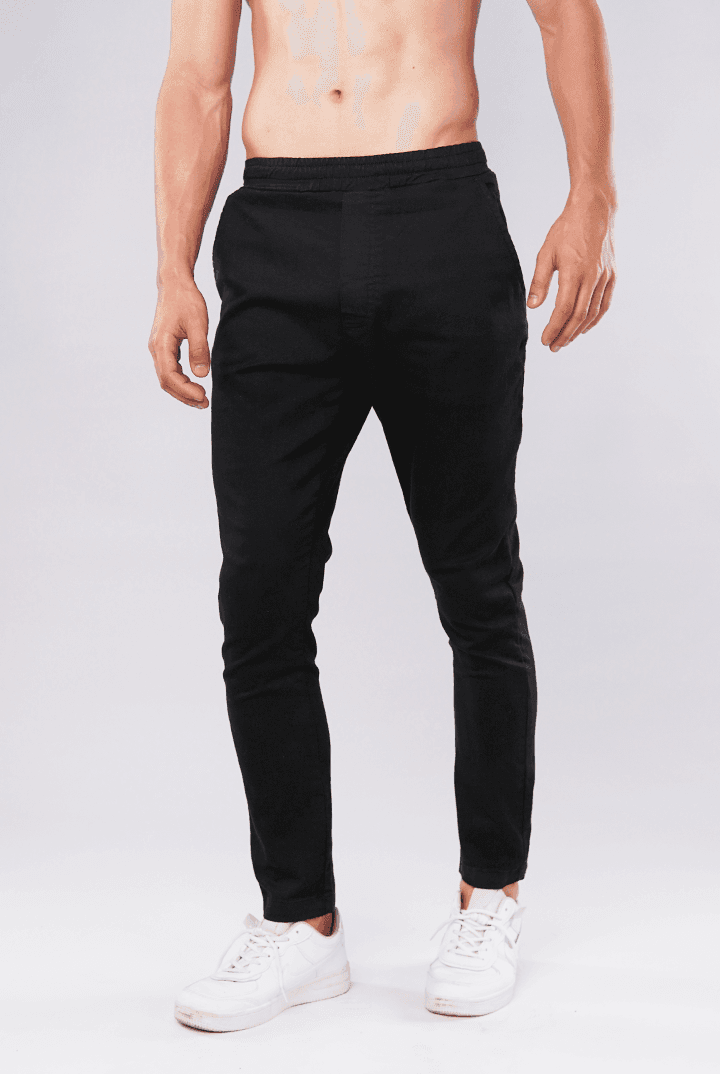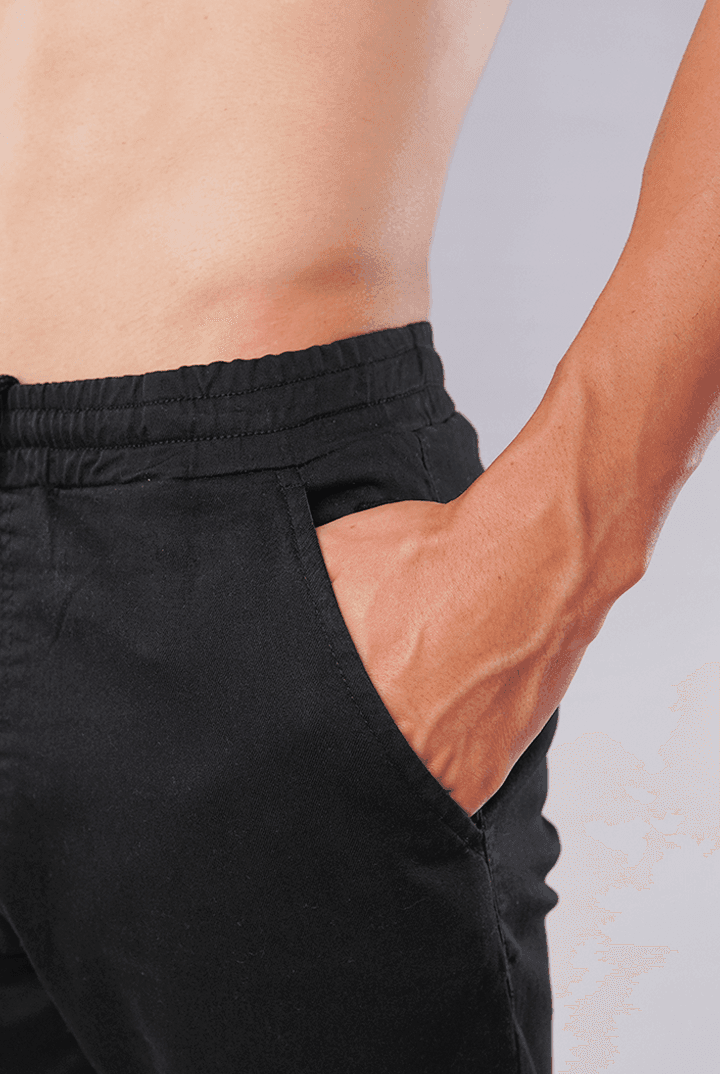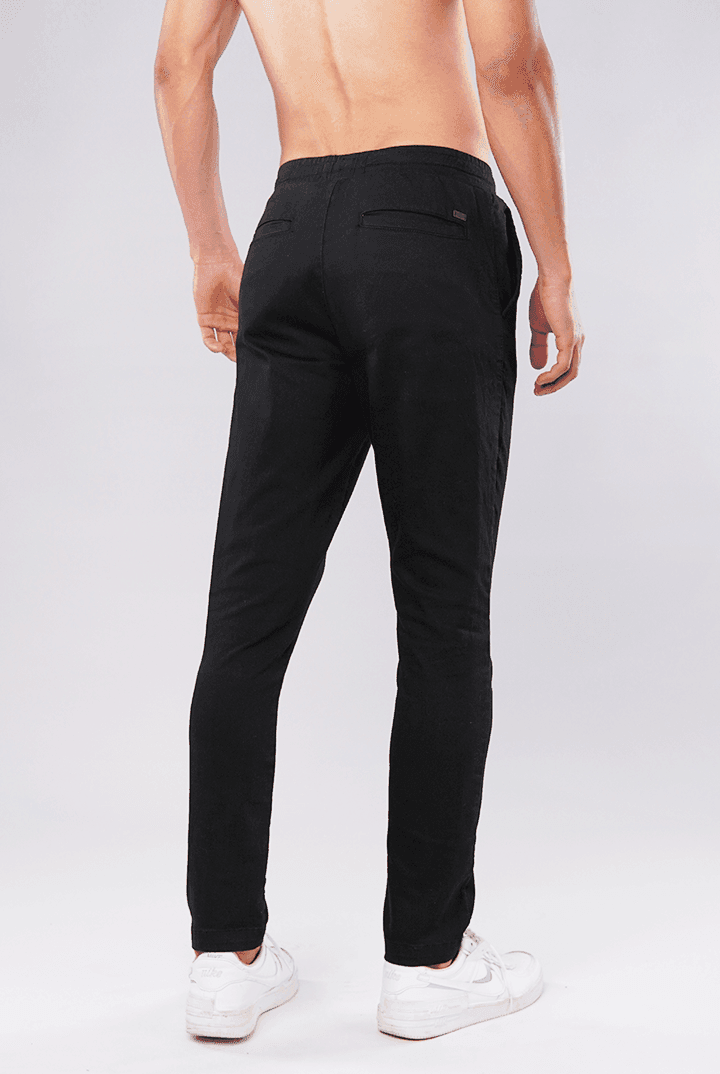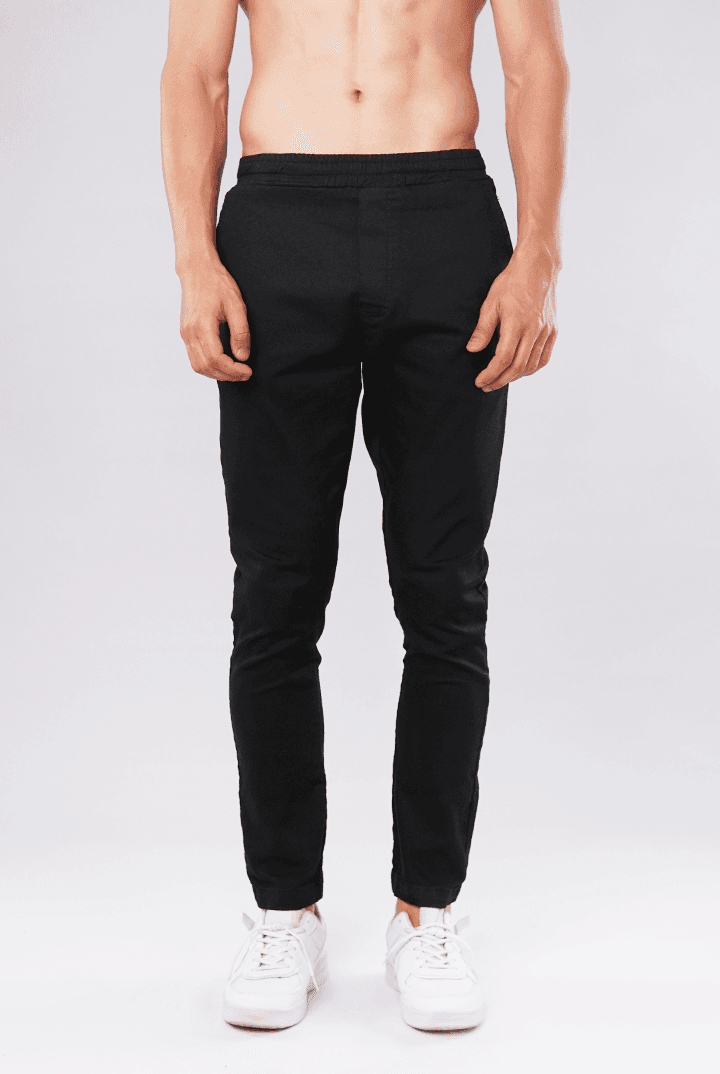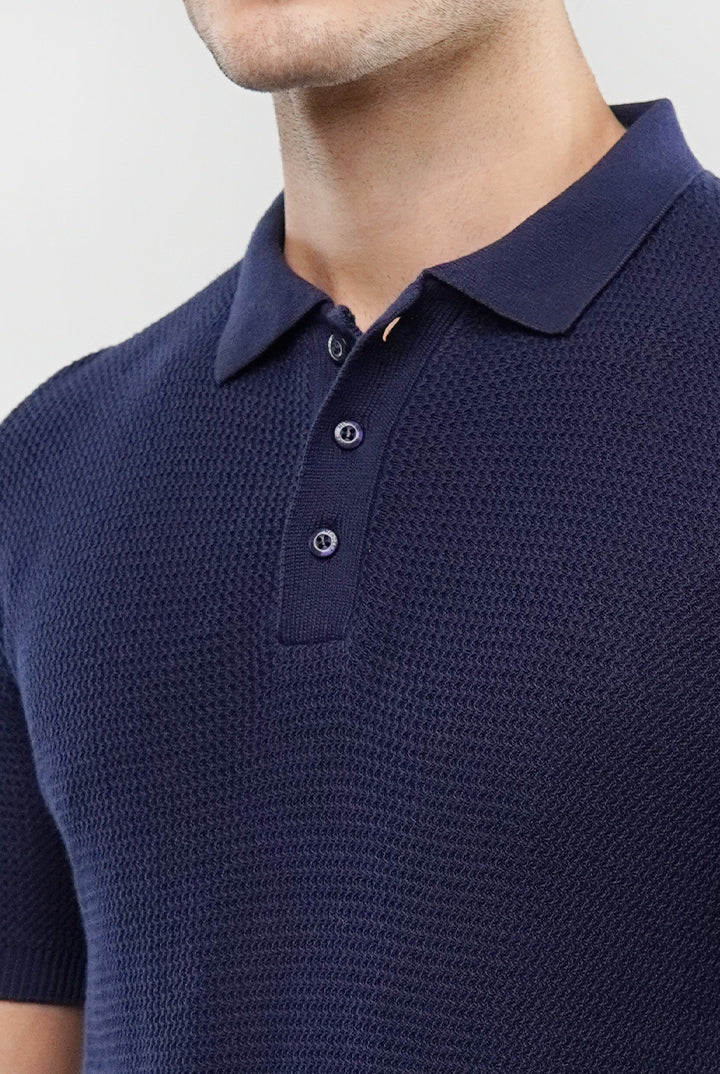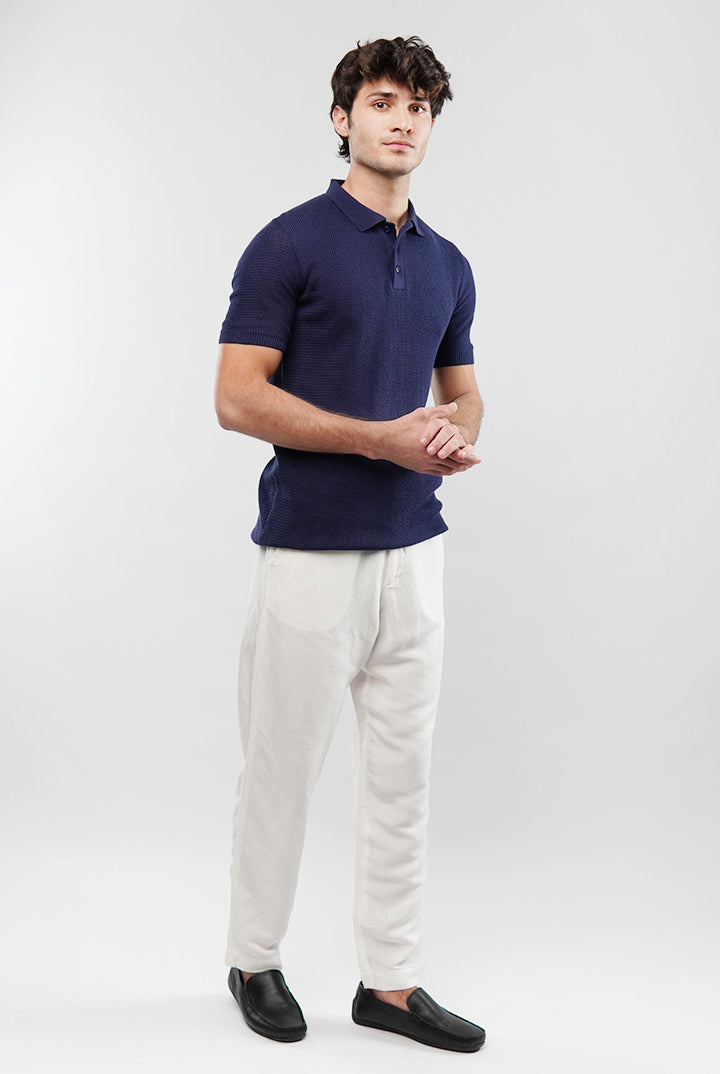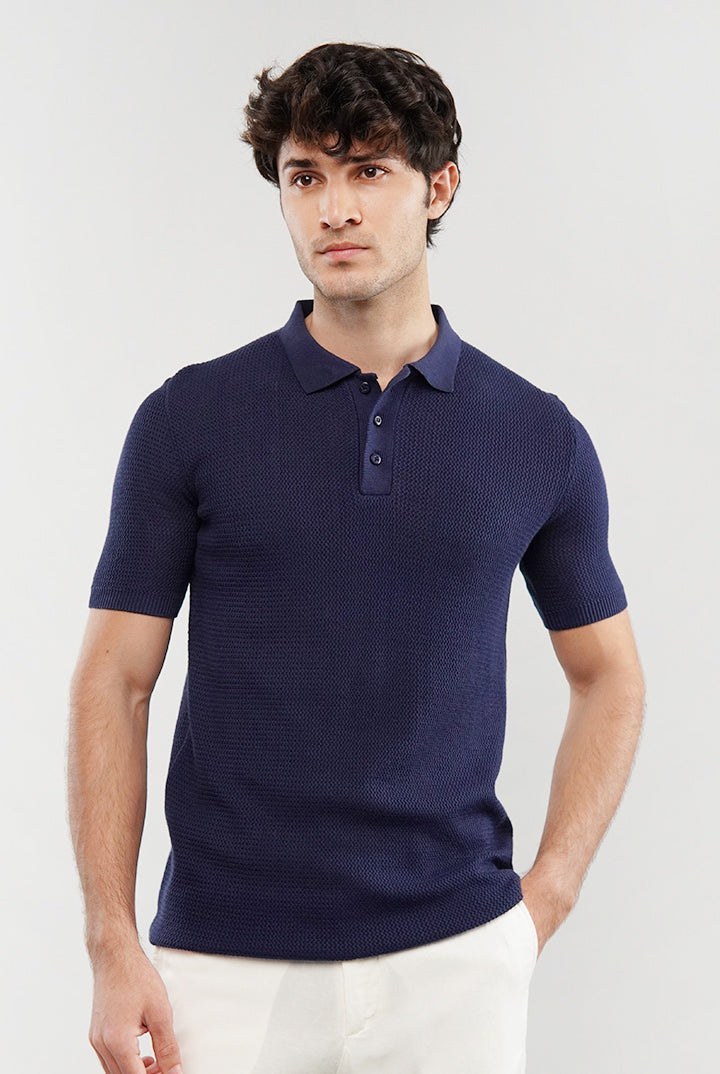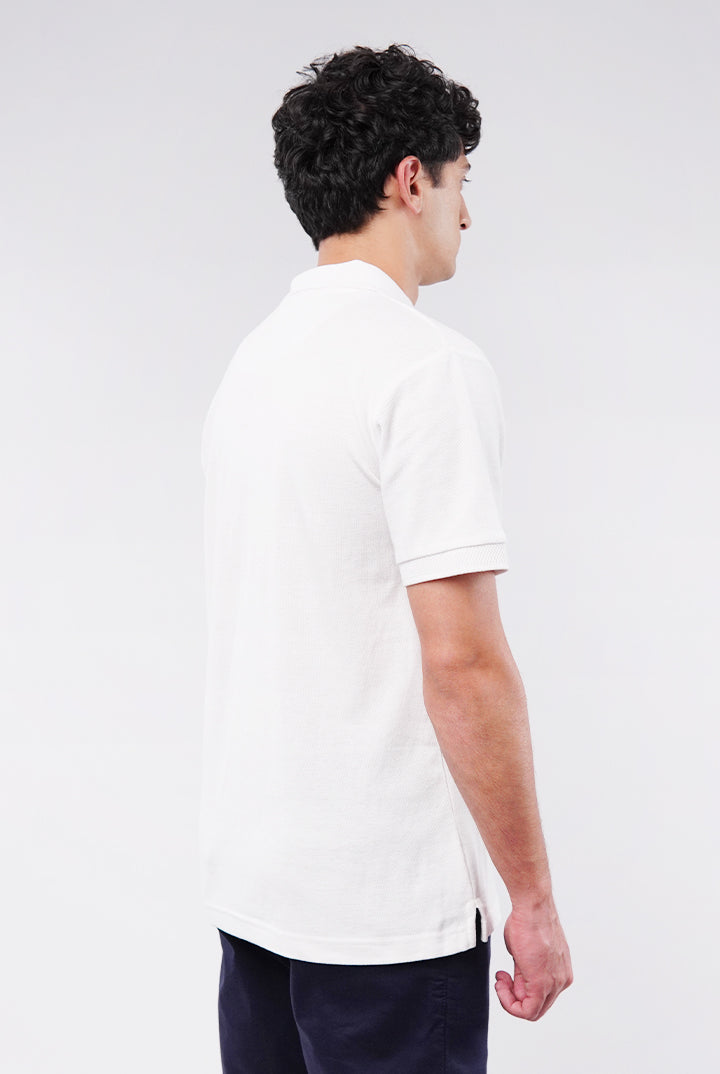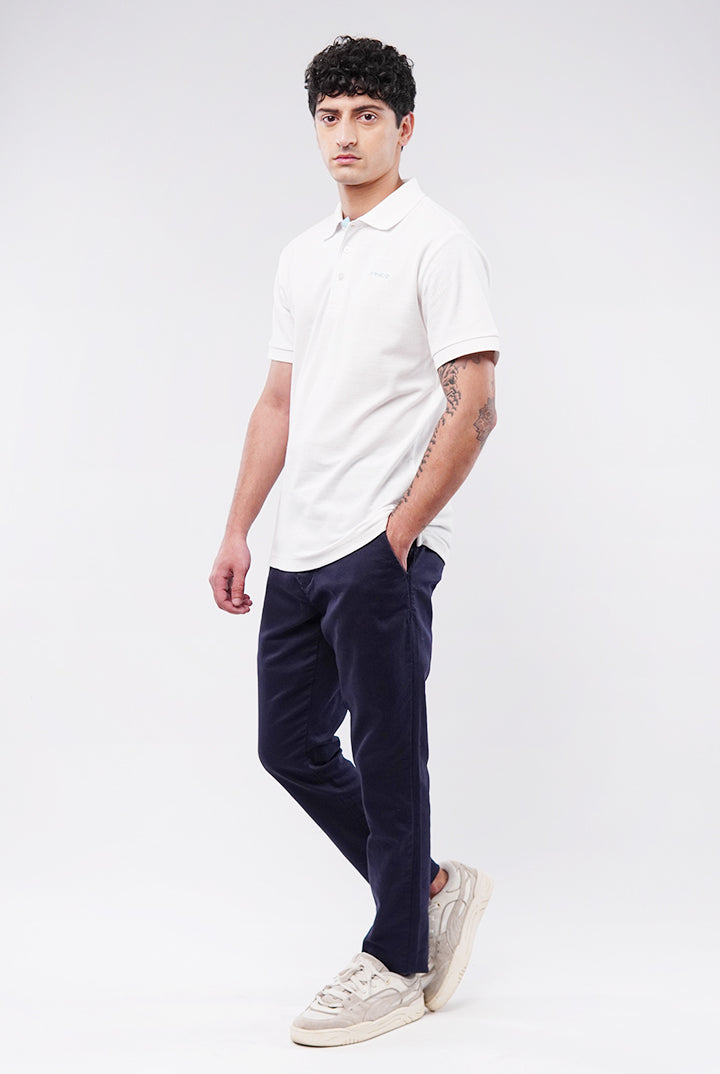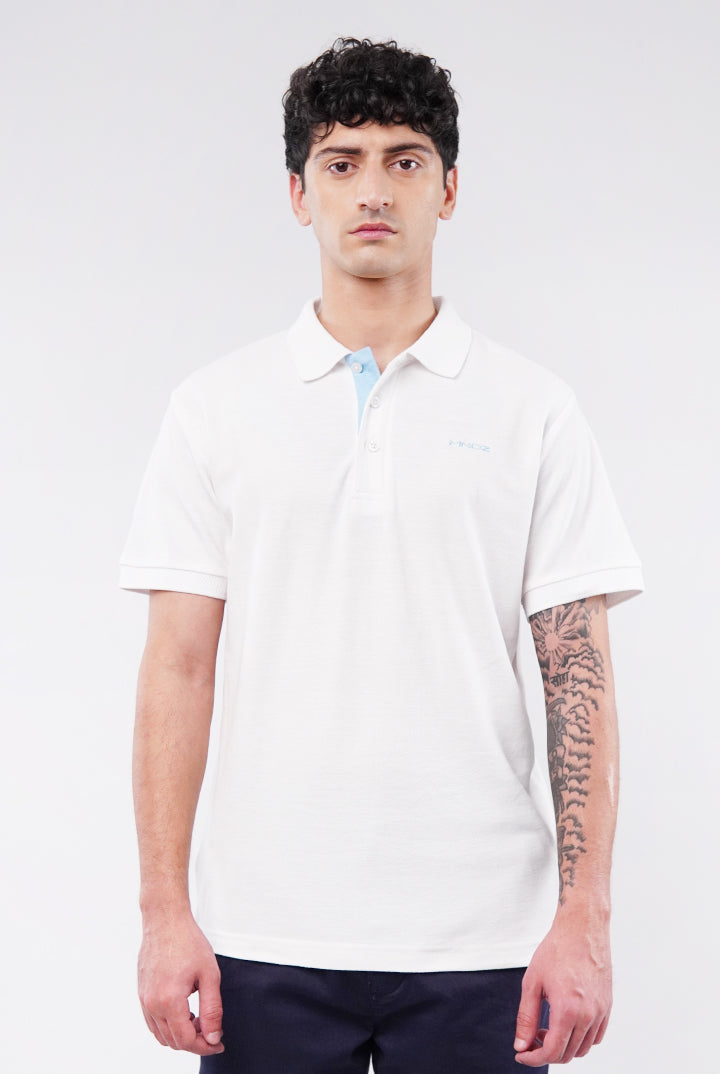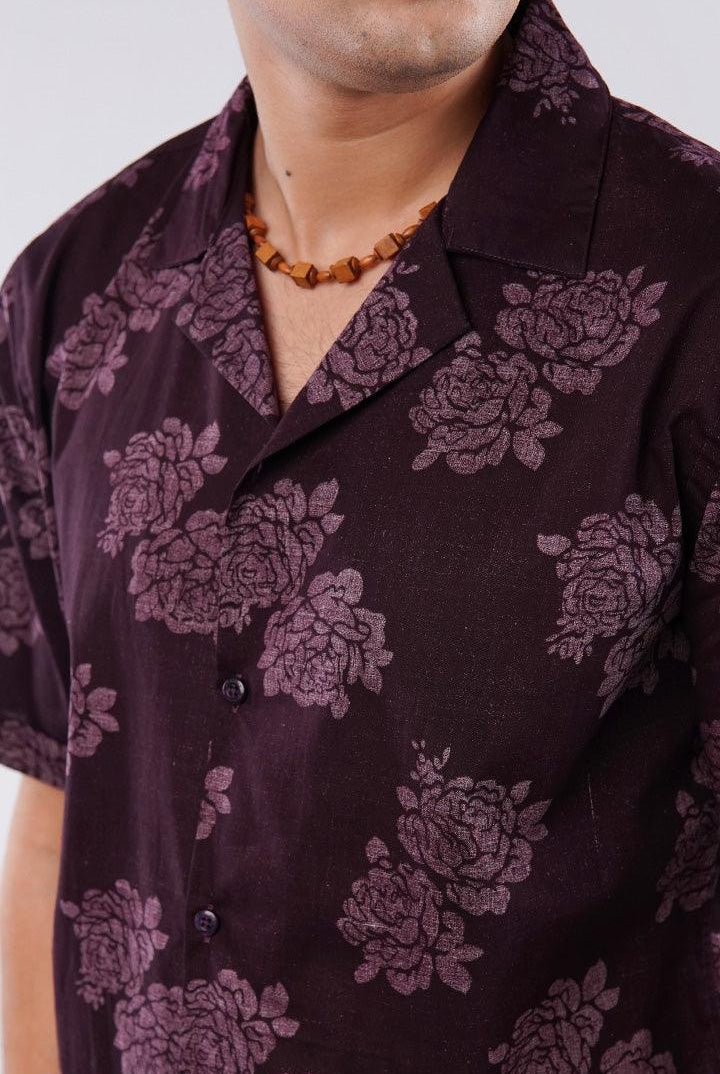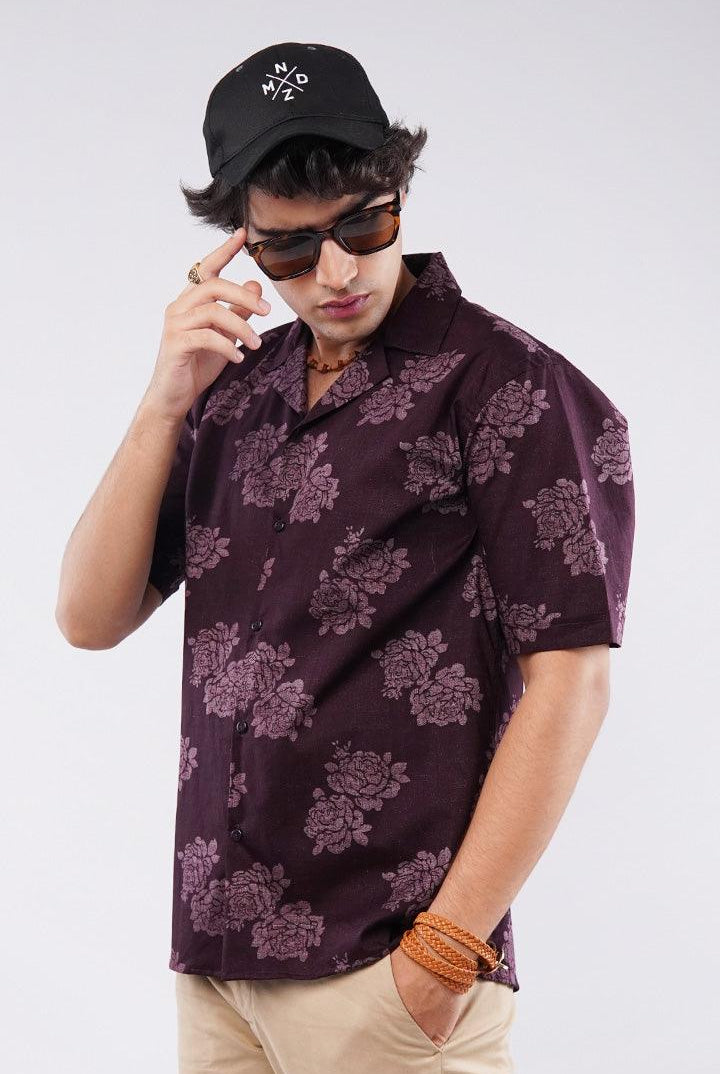How to Create Track Trousers
Jogger pants are a popular and comfortable clothing item that has become a staple in many wardrobes. They are characterized by their tapered legs, elastic cuffs, and often a drawstring waistband. In this guide, we'll walk you through the steps of making your own pair from scratch.
Choosing Your Materials
Before you start sewing, you'll need to gather your materials. Here's a list of what you'll need:
- Fabric: Choose a fabric that is soft, comfortable, and breathable. Popular choices for jogger pants include fleece, French terry, and sweatshirt material.
- Thread: Match your thread to the color of your fabric.
- Elastic: You'll need elastic for the waistband and cuffs.
- Measuring tape: To measure your body and the fabric.
- Fabric scissors: For cutting the fabric.
- Sewing machine: To stitch the seams.
- Pins: To hold the fabric together while sewing.
- Iron and ironing board: To press the seams and create a finished look.
Taking Measurements
Accurate measurements are essential for a good fit. Here's how to measure for your jogger pants:
- Waist: Measure around your natural waistline.
- Hip: Measure around the fullest part of your hips.
- Inseam: Measure from your crotch to your ankle.
- Rise: Measure from your crotch to your natural waistline.
Cutting the Fabric
Once you have your measurements, you can cut the fabric. You'll need two pieces of fabric for the front and back of the pants. Here's a basic pattern for jogger pants:
- Front and back: Cut two rectangles of fabric with the following dimensions:
- Width: Waist measurement + 2 inches (for ease)
- Length: Inseam measurement + rise + 2 inches (for the waistband)
Sewing the Legs
- Fold: Fold the fabric in half lengthwise, right sides together.
- Pin: Pin the sides of the fabric together from the crotch to the ankle.
- Stitch: Sew the sides of the pants together using a straight stitch.
- Press: Press the seams open.
Creating the Waistband
- Cut: Cut a strip of fabric for the waistband. The length should be equal to your waist measurement + 2 inches, and the width should be about 4 inches.
- Fold: Fold the waistband in half lengthwise, right sides together.
- Stitch: Sew the long edges of the waistband together.
- Turn: Turn the waistband right side out.
- Attach: Pin the waistband to the top of the pants, right sides together.
- Stitch: Sew the waistband to the pants.
Adding the Elastic
- Measure: Measure the elastic for the waistband. It should be about 2 inches smaller than your waist measurement.
- Pin: Pin the elastic to the inside of the waistband.
- Stitch: Sew the elastic in place, stretching it slightly as you sew.
- Close: Close the waistband by sewing the ends of the elastic together.
Creating the Cuffs
- Fold: Fold the bottom of the pants up about 4 inches.
- Pin: Pin the cuff in place.
- Stitch: Sew the cuff in place using a straight stitch.
Finishing Touches
- Hem: Hem the bottom of the pants, if desired.
- Press: Press the entire garment to create a finished look.
Customization
You can customize your jogger pants in many ways. Here are a few ideas:
- Add pockets: Sew pockets onto the sides of the pants and looks like denim jeans
- Decorate: Add patches, embroidery, or other decorations.
- Change the fit: Adjust the measurements to create a different fit, such as a more relaxed or tapered look.
Adding More Depth to Your Track Trousers
Incorporating Pockets
Pockets are a practical and stylish addition to track trousers. You can choose from various pocket styles, such as side pockets, cargo pockets, or patch pockets. Here's a basic guide on how to add side pockets to your jogger pants:
- Measure: Determine the desired placement and size of the pockets.
- Cut: Cut two rectangular pieces of fabric for each pocket.
- Fold: Fold the pocket pieces in half, right sides together.
- Stitch: Sew the sides and bottom of each pocket closed.
- Attach: Pin the pockets to the sides of your jogger pants, aligning the top edges.
- Stitch: Sew the pockets in place using a straight stitch.
Adding a Drawstring Waistband
A drawstring waistband can add a more relaxed and adjustable fit to your cool pants. Here's how to add a drawstring:
- Cut: Cut two pieces of fabric for the drawstring channels. The length should be equal to the waist measurement + 2 inches, and the width should be about 2 inches.
- Attach: Pin the channels to the inside of the waistband, one on each side.
- Stitch: Sew the channels in place.
- Thread: Thread a piece of elastic or cord through the channels.
- Tie: Tie the ends of the drawstring together.
Adding Elastic Cuffs
Elastic cuffs can add a more tapered and sporty look to your casual wear. Here's how to add elastic cuffs:
- Fold: Fold the bottom of the pants up about 4 inches.
- Pin: Pin the cuffs in place.
- Stitch: Sew the cuffs in place, leaving a small opening.
- Insert: Insert elastic through the opening.
- Stitch: Stitch the opening closed.
Choosing the Right Fabric
The fabric you choose can significantly impact the look and feel of your jogger pants. Consider the following factors when selecting your fabric:
- Weight: Heavier fabrics like fleece or French terry are ideal for colder weather, while lighter fabrics like jersey are suitable for warmer temperatures.
- Stretch: Fabrics with some stretch, such as knit fabrics, offer more comfort and flexibility.
- Durability: Choose fabrics that can withstand frequent washing and wear.
- Aesthetic: Consider the overall style and look you want to achieve.
Adding Decorative Elements
You can personalize your jogger pants by adding decorative elements like patches, embroidery, or appliqués. These details can add a unique touch and reflect your personal style.
Tips for a Professional Finish
- Pressing: Press the seams and all areas of the pants for a polished look.
- Finishing touches: Consider adding a hem to the bottom of the pants or using a serger to finish the raw edges.
- Customization: Experiment with different design elements and techniques to create a truly one-of-a-kind pair of jogger pants.
By following these tips and incorporating additional features, you can create a pair of jogger pants that are both stylish and functional. Have fun experimenting with different fabrics, designs, and techniques to express your personal style.

